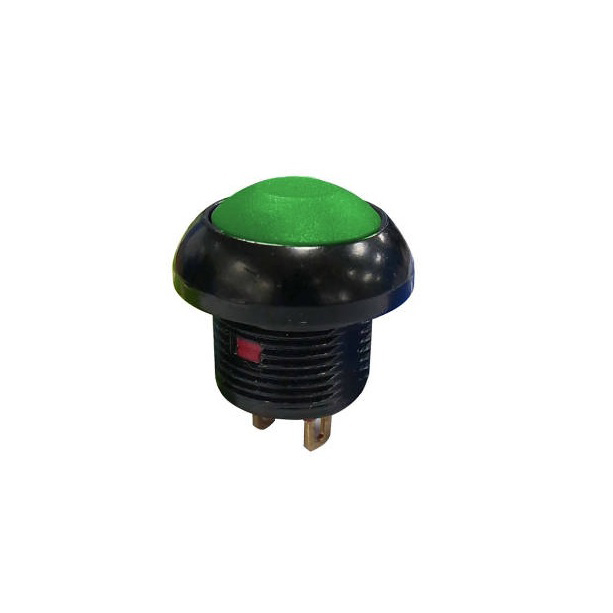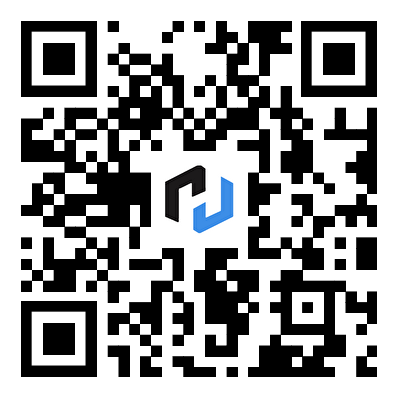Applications of Push Button Switch
2024-07-12
A push button switch is a simple yet essential electrical component used to control the flow of electricity in circuits. Here are the key aspects and functionalities of a push button switch:
Functionality
1. Operation
- Activated by pressing a button or actuator that completes or interrupts an electrical circuit.
- Pushing the button makes or breaks contact, allowing current to flow (or stopping it) through the switch.
2. Types of Push Button Switches
- Momentary: Returns to its original position after releasing the button. Commonly used for applications where temporary activation is required, such as doorbells or machine controls.
- Latching or Toggle: Stays in the position (on or off) after being pushed until manually reset. Used for applications needing sustained activation like power switches.
3. Design Variations
- Single Pole Single Throw (SPST): Simplest form, with one input and one output contact.
- Single Pole Double Throw (SPDT): Allows for two separate circuits to be controlled by one switch.
- Double Pole Double Throw (DPDT): Provides more complex switching capabilities with two circuits and two positions.
Construction
1. Components
- Typically consists of a housing, actuator button, contacts (usually made of metal alloy), and terminals for wiring.
- Contacts can be made of different materials to handle various electrical loads and ensure longevity.
2. Materials
- Housing materials range from plastic for general applications to metal for durability and industrial use.
- Actuators can be plastic, metal, or rubberized for comfortable operation and durability.
Applications
- Consumer Electronics: Used in devices like remote controls, keyboards, and game controllers for user interaction.
- Industrial Controls: Found in machinery, equipment, and control panels for operational control and safety.
- Automotive: Used for functions like starting engines, operating lights, and activating accessories.
- Home Appliances: Found in kitchen appliances, power tools, and home automation systems for user interface and control.
Considerations
- Operating Environment: Choose switches rated for specific environmental conditions such as temperature, humidity, and exposure to dust or water.
- Current and Voltage Ratings: Ensure the switch can handle the electrical load of the circuit to prevent overheating or premature failure.
- Mounting Type: Consider panel-mount or PCB-mount options based on installation requirements.
- Durability: Select switches with a lifespan suitable for the application's expected usage and environment.
Summary
A push button switch is a fundamental electrical component used in a wide range of applications to control circuits through manual activation. It comes in various types, designs, and configurations to meet specific operational needs, from simple momentary switches in consumer electronics to robust latching switches in industrial machinery. Understanding the switch's specifications, construction, and application requirements ensures reliable performance and longevity in electrical and electronic systems.



